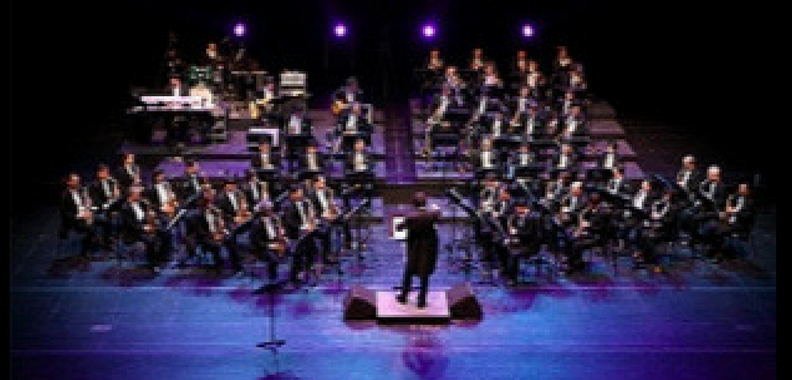In this History of Classical Music Part 2, we learn a bit more about what you as a budding musician need to know, and why it should affect your playing.
In the previous article we learned that the word “Classical” has two different meanings: One is that the term ‘Classical’ can be describing any music that is traditionally learned by reading directly from a score and learning how to play it exactly as the composer or arranger meant for it to be played- as opposed to a style of music that was passed down for generations by ear – like Irish, Jazz, Folk, etc.
Each style of music has its own characteristics and rules that make up the genre.
The other meaning of the word ‘Classical’ is the actual genre and style of music. You may have already heard of some different eras like Baroque, Romantic, Renaissance, etc. Each style of music has its own characteristics and rules that make up the genre.
One of the most important ideas that developed during the Classical period of time is the public concert. It’s kind of hard for us to believe that musicians didn’t actually have control over their audiences. Nowadays, if a musician wants people to hear their music, they can hire themselves out or give their own private concert- not to mention any level of musician can record an audio or video and ‘youtube’ it. It’s however they want it in the world now. But, before the 1750’s it was totally unheard of for this to happen. Musicians were always employed by one person or a family. They were used like a radio in the other room before these “breakout years” of the artists. Kinda cool, eh?
Once musicians and composers started to take control of their art the concert scene- including orchestras started to really gain popularity.
Symphony music really started getting cool, and the size of the groups (orchestras mostly) started to expand to give a more grandiose appearance and sound. The audiences began to increase in size as well.
Some of the characteristics of this “Classical Style” of music that differs from other genres surrounding it are that the melodies became a bit less flowery.
The Baroque style is the name of the genre that came directly before the Classical time, and it was definitely more complex and melodically ornate.
With the Classical style though, the melodies were a bit more simple in texture, but the form of the pieces developed even more. You’ll just have to continue to learn and play more and more pieces on an advanced level to ‘feel’ the differences yourself. For example; the Sonata during the Baroque period of time feels a lot different than a Classical Sonata.
We can continue this conversation both here in the comment section as well as in the next article. It’s kinda interesting, don’t you think?



